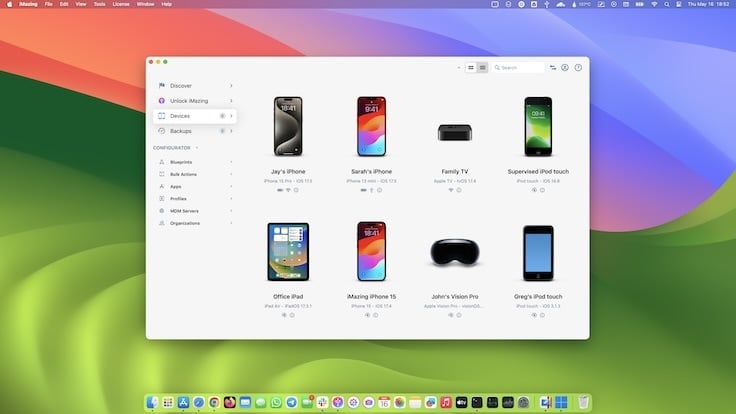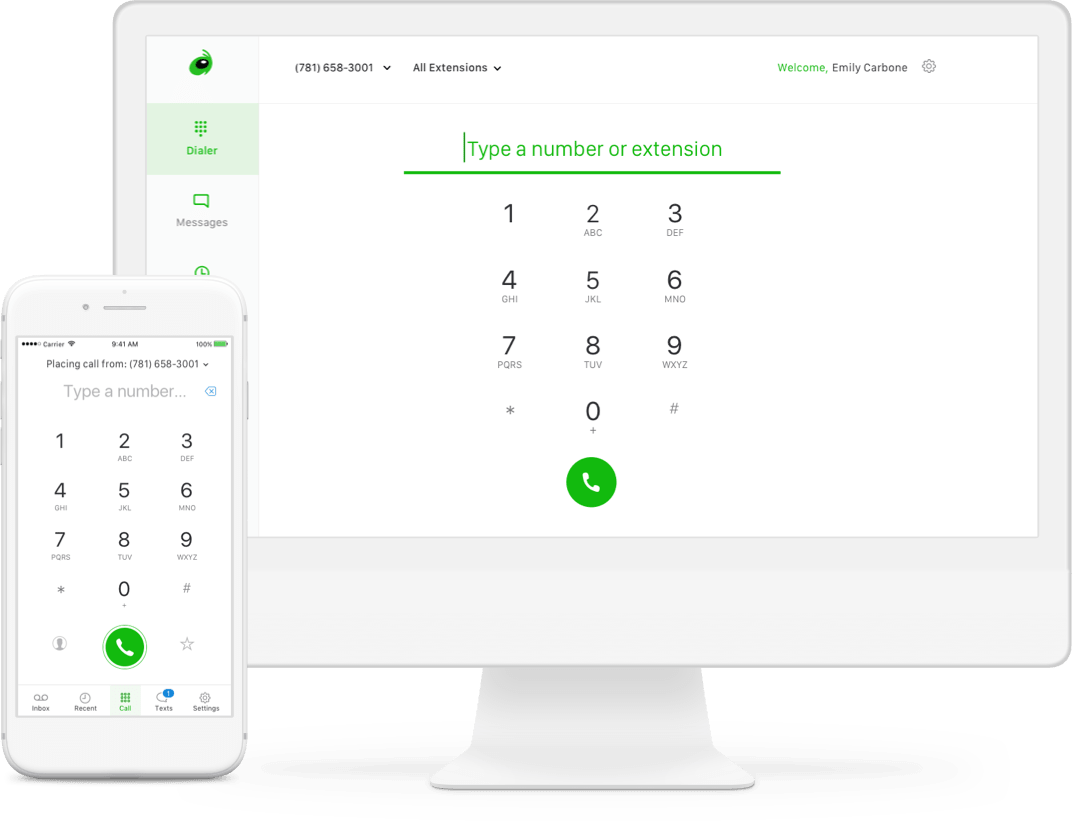Olymp Trade for PC. Download official app for Windows or macOS. How to use this tool from Olympus trade – download the platform to your computer. The use of the trading platform on your PC or laptop. Next, go to the official page to download applications olimp trade.
Get to know the Mac desktop. At the top of the screen is the menu bar and at the bottom is the Dock.In between is what’s called the desktop.The desktop is where you do most of your work. You can change the look of your desktop by customizing the desktop picture and by choosing a light or dark appearance for the menu bar, desktop picture, Dock, and built-in apps. Apr 01, 2020 Download Messenger for macOS 10.12 or later and enjoy it on your Mac. Made for big screens and close connections. Get access to free. texting, and high-quality voice & video chat built specifically for desktop. MADE FOR DESKTOP, MADE FOR YOU Type even faster, multitask while video chatting so you never miss a moment, and stay connected with. Next, you will see at the top of the screen the macOS Spaces bar, where you can find the thumbnails that represent the different desktops and the programs that are running in full screen or in Split View. To add a new space to your Mac, click the + icon in the upper right corner and you’ll see a new thumbnail displayed.
Do you need many windows and applications open when working with your Mac? In this tutorial, we show you how to use several desktops in macOS to use several spaces and organise better.
Tutorial Use Multiple Desktops on a Mac
Here is a step-by-step process to use multiple desktops on your MacBook Pro or MacBook Air. Follow the steps below to start the process.
- Google Backup and Sync is now available for Mac – Here is How it works?
Step 1: Create a desktop
To create and work with more than one desktop in Mac the first thing to do is to access Mission Control from the F3 key or through the System Preferences> Mission Control menu. Next, you will see at the top of the screen the macOS Spaces bar, where you can find the thumbnails that represent the different desktops and the programs that are running in full screen or in Split View.

To add a new space to your Mac, click the + icon in the upper right corner and you’ll see a new thumbnail displayed. If you only have one desktop and you do not have apps open to full screen, its default name will be Desktop 2.
Step 2: Assign a different background
To work more comfortably with several desktops on Mac and know at a glance which one you are in, it is best to assign a different background image to each of the spaces you use.
To do this, go to the new desktop by clicking on the corresponding thumbnail, and then go to System Preferences> Desktop and Screen Saver. Now, select the photo you would like to use for the new background between the Apple images or your own photos. You also have the possibility to choose a solid colour in the corresponding option.
Step 3: Move between the desks
Macos Send App To Next Desktop Iphone
Now that you have multiple desktops on your Mac, it is important that you learn to move quickly between them to make better use of your work time and not delay too much each time you want to move from one to the other.
Apart from Mission Control, you also have other quicker ways to move between spaces. One of them is with the trackpad or the magic mouse. In the first case, slide three or four fingers to the left or to the right, depending on the direction in which the particular desktop is located. In the case of the magic mouse, use only two fingers to perform the movement.
You can also move between spaces quickly with the keyboard. Press the Control key and then the left or right arrow and you will go from one desktop to another in a moment.
Step 4: Pass windows and folders from one desktop to another
If you want to pass or move a window or a folder from one desktop to another we have different formulas to perform this action. One of the simplest operations is to press F3 to open Mission Control and drag the contents to the desired desktop. You can also do this by holding the mouse on the window and touching the Control key and the left or right arrow.
In the case of folders, so that they can move without problems make sure that the ordering of the desktop is not automatic. To do this, click with the mouse on the space and select Sort by> Nothing.
Step 5: Assign applications to desktops
Once you have your desktops created and customised, to use applications in each of them all you have to do is place yourself in the space where you want to work and open the program through the Dock or the Applications folder.
When you open the app, you have the possibility to assign it to the different desktops using the quick menu, which is displayed by clicking the Dock icon with the right mouse button. Then, place the cursor over the Options heading and select the specific space in the Assign To section.
Step 6: Remove desktops that you do not use
In case you no longer use one of the desktops you have created, removing it is the easiest thing that we can do in seconds of time. To do this, open the Spaces bar with the F3 key, place the mouse cursor over the space you would like to delete and you will see that an X appears in the upper left corner of the desktop. Click on it and the selected space will be erased at the moment.
This is how we can use multiple desktops in our MacBook Air or MacBook Pro. I hope this article helps you to use your Mac efficiently.

If you have any queries regarding any of the above steps, let us know through the comment section below. We will get back to you to solve all your queries as soon as possible.
If you are already using this method, share your experiences with our readers through comments below.
How many desktops (spaces) do you use in your Mac for efficient work?
If you're using macOS Mojave or earlier or a Windows PC, use iTunes to share files between your computer and your iOS or iPadOS device.
Best Macos Apps
Other ways to share
Learn about other ways you can share files between your Mac and your devices. These features work wirelessly.
iCloud Drive lets you securely access all of your documents from your iPhone, iPad, iPod touch, Mac, or PC. No matter which device you're using, you'll always have the most up-to-date documents when and where you need them.
With Handoff, you can start a document, email, or message on one device and pick up where you left off on another device. Handoff works with Apple apps such as Mail, Safari, Maps, Messages, Reminders, Calendar, Contacts, Pages, Numbers, and Keynote. It also works with some third-party apps.
AirDrop lets you instantly share your photos, videos, documents, and more with other Apple devices that are nearby.
What you need to use the Finder to share files
- An iPhone, iPad, iPod touch with the latest version of iOS or iPadOS
- An iOS or iPadOS app that works with File Sharing
See the iOS and iPadOS apps that can share files with your Mac
- Open a Finder window.
- Connect your iPhone, iPad, or iPod touch to your computer with a USB cable.
- Select your device in the Finder. Learn what to do if your computer doesn't recognize your device.
- Click the Files tab to see a list of apps that can share files. If you don't see a Files section, your device doesn't have any apps that can share files.
- Click the triangle next to an app to see the files that you can share.

Copy from your Mac to your device
- Select the files that you want to copy. Select only files that work with the app. Check the app’s user guide to see which ones work.
- Drag the files to the app on your device. The Finder copies the files to your device.
Copy from your device to your Mac
- Select the files that you want to copy.
- Drag the files to a folder on your computer. The Finder copies the files to your computer.
Open shared files
On your iPhone, iPad, or iPod touch, use the app that you chose in the Files tab to open files that you shared from your computer.
Depending on the file type, some apps can't open files in other apps or locations. You can see the list of files in the Files tab of the Finder when your device is connected to your computer.
Back up shared files
When iCloud or your computer backs up your device, it backs up your shared files as well.
If you delete an app with shared files from your iOS or iPadOS device, you also delete those shared files from your device and your iCloud or computer backup. To avoid losing shared files, copy the files to your computer before deleting the app from your device.
Delete shared files from your device
- Open a Finder window on your Mac.
- Connect your device to your computer using a USB cable.
- Select your device in the Finder. Learn what to do if your computer doesn't recognize your device.
- Select the app from the list in the Files section.
- In the Documents list, select the file that you want to delete, then press the Delete key on your keyboard.
- When the Finder asks you to confirm, click Delete.
Macos Send App To Next Desktop Computer
There might be other ways to delete files from an app. See the app's user guide to find out more.



